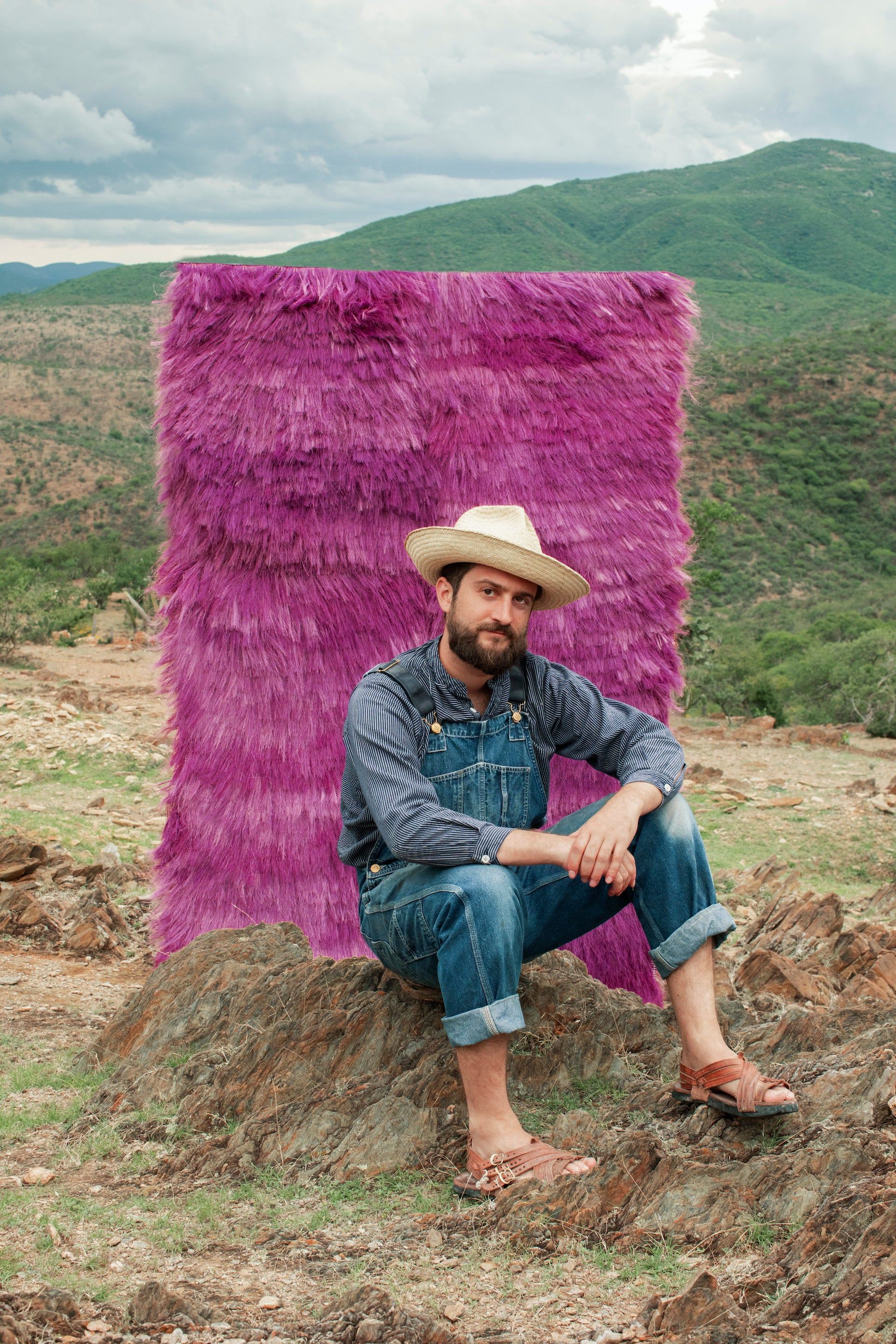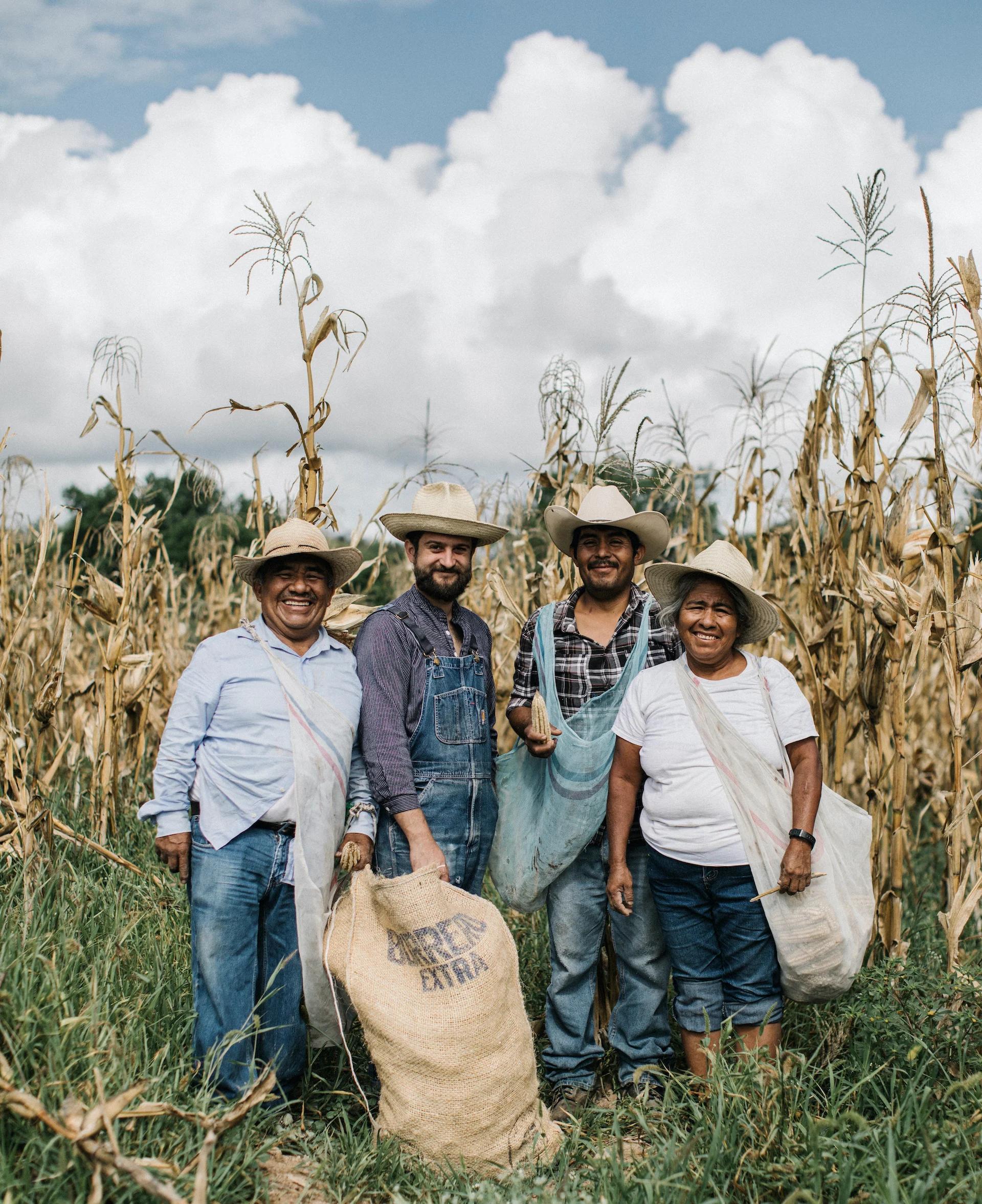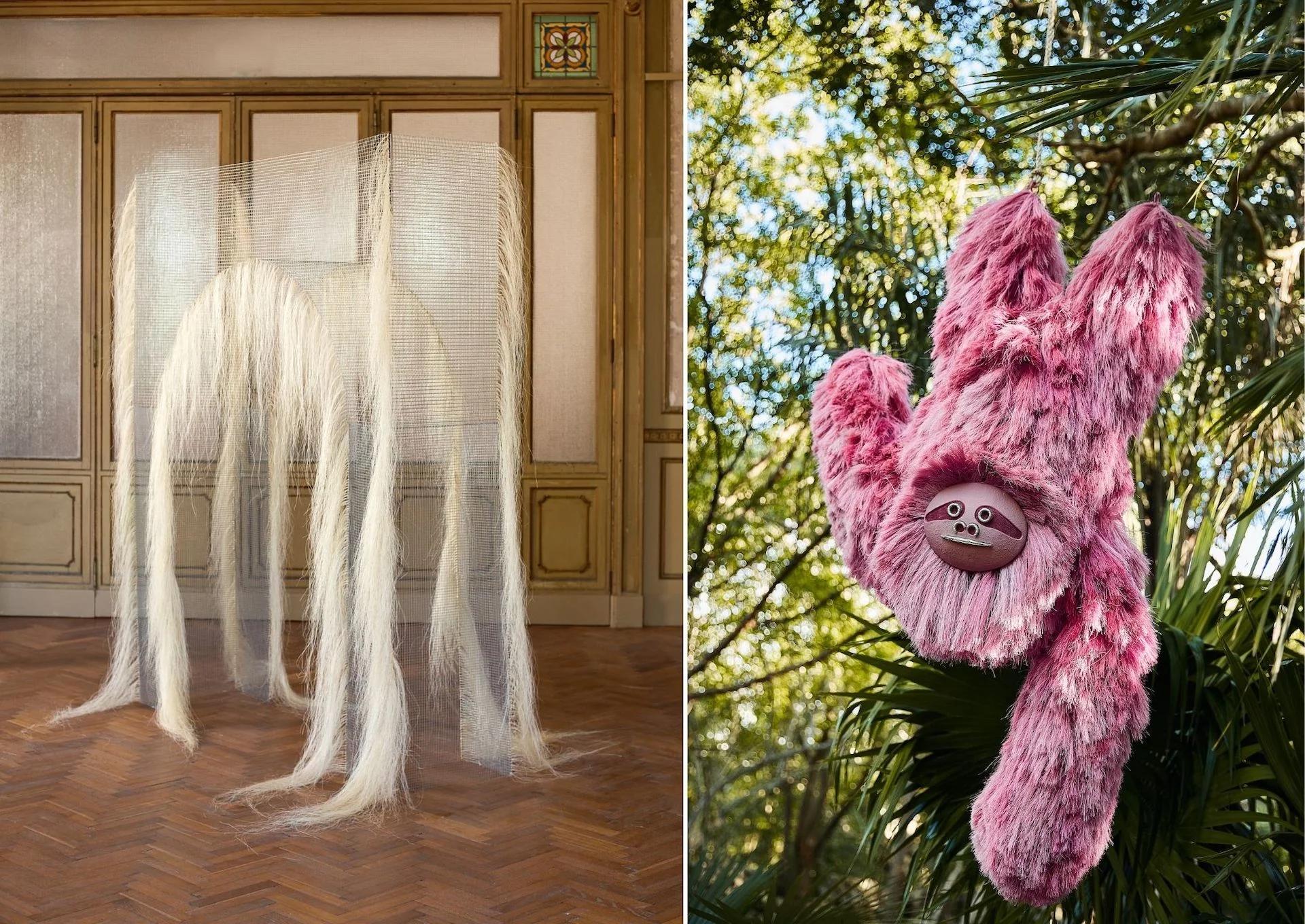SPOTLIGHT: AMERICA(S) DECEMBER 16 2020
by Anna Carnick
The Mexican designer reflects on the complexities of design in the Americas

MEXICAN DESIGNER FERNANDO LAPOSSE
Photo © Pepe Molina
In the American Design Stories series, we ask designers from across the Americas to share their insights on American design today, along with three images that represent their vision of American design.
For this installment, we reached out to in-demand Mexican designer Fernando Laposse, whose innovative, thoughtful, often unexpected projects are as socially and environmentally conscious as they are beautiful. He’s at the forefront of redirecting the design world’s focus from its Euro-centric legacy to all that’s unique and wonderful over here in this hemisphere. And we couldn’t be more appreciative.
Design Miami/What does “America” mean to you?
Fernando Laposse/I think America means diversity—after all it was called the New World, the first truly global place where Asia, Africa, and Europe converged and mixed with pre-Columbian Americans to create an unprecedented cultural melting pot.
The Americas of today are the result of this mixing, a rich cultural hybrid with a complicated colonial past that to a large degree still defines its present. For me the Americas are complicated yet incredibly inspiring.

FOR HIS TOTOTMOXTLE PROJECT, LAPOSSE PARTNERS WITH THE COMMUNITY OF TONAHUIXTLA, A SMALL VILLAGE OF MIXTEC FARMERS AND HERDERS IN THE STATE OF PUEBLA. SADLY, THE ARRIVAL OF INDUSTRIAL AGRICULTURE TO THE AREA AND THE LACK OF EMPLOYMENT OPPORTUNITIES WREAKED HAVOC ON THE VILLAGE AND CAUSED A MASS MIGRATION, THE EROSION OF THE LAND, AND THE LOSS OF NATIVE SEEDS. LAPOSSE WORKS WITH A COMMUNITY ALONG WITH CIMMYT, THE WORLD’S LARGEST CORN SEED BANK, TO SLOWLY REINTRODUCE NATIVE SEEDS IN THE VILLAGE AND RETURN TO TRADITIONAL AGRICULTURE. THE HUSKS COLLECTED FROM THE HARVEST ARE TRANSFORMED BY A GROUP OF LOCAL WOMEN INTO A VENEERING MATERIAL, THUS CREATING MUCH NEEDED LOCAL EMPLOYMENT
Photo © Fernando Laposse
DM/What does “American design” mean to you today?
FL/There is an evident difference between the design of Latin America compared to the United States and Canada. I think this has to do with the ways things are produced and consumed, which is vastly different in these two areas. There is a clear philosophical distinction between North American design, which is generally more industrial and preoccupied with innovation, versus Latin American design, which is more rooted in traditional crafts and a proximity to raw natural materials.
DM/What American stories are you telling with your work?
FL/My work focuses on Mexico and tries to communicate the complexities of a country that is grappling to find a balance between its native past and its post-colonial present. My projects are developed with indigenous communities that still maintain their agricultural traditions despite the pressures of the global economy. The work I do with them tries to reinforce their confidence in this lifestyle. It does so by creating local job opportunities to fight against the cycles of migration to the United States.
DM/What are the most urgent topics that designers can and should address today?
FL/For me the most urgent topic is the environmental crisis. But in order to really understand it, designers also need to address social inequality. Sustainability is much more complex than the waste and plastic problems.
In Latin America the main threat to the environment comes from the rampant pillage of natural ecosystems. This is fueled by a demand for raw materials and food from developed countries combined with the desperation of poor people. If you are starving and the only way to feed your family is to cut a tree to sell the wood, then you do it—anyone would. Tackling climate change will be a lost battle unless we can rebalance the wealth gap. This inequality is a result of America’s colonial legacy, which needs to be addressed as an equally urgent matter.

LAPOSSE'S PRACTICE IS DRIVEN BY THE BELIEF THAT SOME OF THE ANSWERS TO ENVIRONMENTAL CHALLENGES MIGHT BE FOUND IN TRADITIONAL CRAFTS AND MATERIALS
Photos © Fernando Laposse
DM/What impact have the events of the past year had on your perception of your role as a designer?
FL/The past year has been very formative for my practice. The pandemic made me relocate from London to Mexico; it has given me the time to focus on the agricultural side of my practice; and it freed me from the frenzy of the design fair calendar. I have spent most of 2020 living in the countryside, farming and designing tools and low tech production methods that empower my indigenous partners. I have learnt a lot from them too. They have a wonderful way of understanding nature. I see my role as a designer as a fluid character that can carry messages between different social groups in a meaningful and educational way. In a way, a designer is a connector.
DM/Do you have a personal mantra? What is it?
FL/Don’t try to fix it if it’s not broken. Something I have learnt over the years is that some of the traditional solutions are so simple and elegant. I think designers sometimes overcomplicate things. I think it's best to observe first and then decide if something truly needs changing. (That might be a second mantra.)
DM/What are you most proud of in your work to date?
FL/I think I am most proud of Totomoxtle, my work with corn husk veneer. It’s a project that has gone beyond just making a new material. Now it's a circular system that has reintroduced endangered varieties of native maize. But above all, it's a project that has created community and bonds of empathy. The work has been shown in museums all around the world, but it's also become a platform to speak about the challenges faced by indigenous people.
Last January, right before the pandemic, I was invited along with two of the farmers I work with, Delfino and Nicolas, to the World Economic Forum in Davos to talk about the work we are doing in their community. This was the first time that an indigenous Mexican was invited to the event. This was their first time flying, first time seeing snow, and of course the first time being heard by world leaders and policymakers. To think that this happened because of a design project gives me faith that our profession truly has the power to instigate change. I love my job.
DM/Thank you, Fernando!⬥
Mexican designerFernando Laposse trained at Central Saint Martins. His studio specializes in transforming humble, natural materials like sisal, loofah, and corn leaves into refined works of design. His projects have been exhibited in the Triennale di Milano, Cooper Hewitt Design Museum, Design Museum London, Victoria & Albert, World Economic Forum, and Design Miami, to name a few. His work is held in the permanent collections of the V&A and SFMOMA. He’s represented byFriedman Bendain the US as well as by AGO Projects in Mexico City.
Inspired by the 2020 Design Miami/ Podium theme America(s)—and all the complexities that go along with it, especially in this moment—Anna Carnick and Wava Carpenter ofAnava Projectsconnected with a selection of outstanding designers with personal ties to the Americas to get their take on “American” design today. Their responses were insightful, inspiring, and diverse: From thoughts on the most pressing issues and challenges facing designers now, to hopes and suggestions for a more equitable future, and reflections on their own American design journeys to date. Each story is accompanied by images provided by the designer that embody what America(s) or American design means to them.